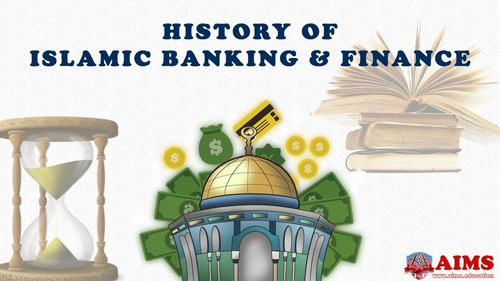Observer Report
Islamabad
The origin of Islamic banking system can be traced back to the advent of Islam when the Prophet himself carried out trading operations for his wife.
The “Mudarbah” or Islamic partnerships has been widely appreciated by the Muslim business community for centuries but the concept of “Riba” or interest has gained very little diligence in regular or day-to-day transactions.
The first model of Islamic banking system came into being in 1963 in Egypt. Ahmed Al Najjar was the chief founder of this bank. The key feature of the institute was profit sharing on the non interest based philosophy of Shariah.
This bank was different than the commercial banks which were paying or charging interest on transactions. It was more than a financial institution. In 1974, the Organization of Islamic Countries (OIC) had established the first Islamic bank called the Islamic Development Bank or IDB. The basic business model of this bank was to provide financial assistance and support on profit sharing.
The Idea continued to develop theoretically until 1974, when the first Islamic commercial Islamic bank was established in Dubai, United Arab Emirates. The same year also witnessed signing of the agreement to establish the Islamic Development Bank IDB as an inter-governmental pan-Islamic bank. The main objective of the IDB was to finance development projects in the Muslim countries in accordance with the rules and ethics of Islamic finance. This was followed shortly by emergence of Faisal Islamic Bank in Egypt in Sudan in 1977. Subsequently, Bahrain Islamic Bank and Jordan Islamic Bank came into being in 1978.
By the mid 1980’s these newly formed ethical banking institutions based on Islamic principles became an established part of mainstream banking in the Middle East and South Asia.
They continued to grow and spread across South and East Asia. Subsequently, ethical banks and financial institutions, based on Islamic principles, spread in countries where Muslim were a minority, such as UK, Luxemburg, Denmark, Australia, India and the United States. Many Muslims flocked to these new banking institutions, not only for ethical and religious reasons, but also because they provided professional and friendly services to their customers.
Islamic Banking in Pakistan
Pakistan was created in the name of Islam in 1947 since then there is a pressing demand particularly from the religious leaders that interest should be eliminated from the financial system of Pakistan.
In the Constitution of Pakistan it has been incorporated that one of the objective of the State is to eliminate Riba (interest) from the economic system of the country.
From 1947 to 1960, the elimination of interest from the economy engaged the attention of scholars but no concrete efforts were made to find out an alternative to the interest based system.
However, from 1960 to 1977, the Council of Islamic Ideology (CII) put forward a number of reports to the Government examining the meaning of Riba. In all the reports it was firmly stated that the present day interest charged in the financial system of the country is prohibited in Islam under the term Riba.
From 1977-1980, the Council of Islamic Ideology and the experts from the State Bank of Pakistan worked out the details and proposed concrete steps for removing interest from the economy.
In 2002, State Bank of Pakistan issued first Islamic Banking License for offering the Islamic Banking Products and Services in the Country. Currently, five full fledge Islamic Banks and various conventional banks are offering the Islamic Banking Products and Services in the Country.
—(Courtesy: albaraka.com.pk)









